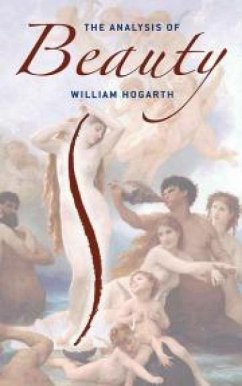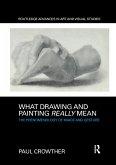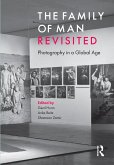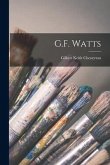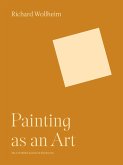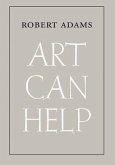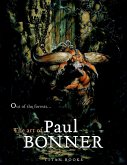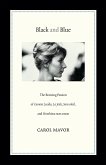English artist William Hogarth (1697-1764) is most famous for his satirical caricatures and moral paintings, the forerunners of cartoons. In this instructive volume, the august painter and engraver discusses and illustrates the use of serpentine lines in the expression of grace and beauty. Hogarth defines six qualities--fitness, variety, regularity, simplicity, intricacy, and quantity--and dramatizes their effective combination in images that employ S-shaped lines. Originally published in 1753 with the subtitle, "Written with a View of Fixing the Fluctuating Ideas of Taste," Hogarth's book addresses the general public, not just artists and connoisseurs. More than 30 striking black-and-white plates trace visual and formal applications of the serpentine line of beauty, portraying subjects as diverse as everyday objects, examples from nature, and classical sculpture and other works by the great masters. A revolutionary approach to art theory by an experienced painter, this historic book offers fascinating insights into ideals of beauty and aesthetics. Dover (2015) republication of the edition published by Reilly & Lee Co., Chicago, 1908. See every Dover book in print at www.doverpublications.com
Hinweis: Dieser Artikel kann nur an eine deutsche Lieferadresse ausgeliefert werden.
Hinweis: Dieser Artikel kann nur an eine deutsche Lieferadresse ausgeliefert werden.

